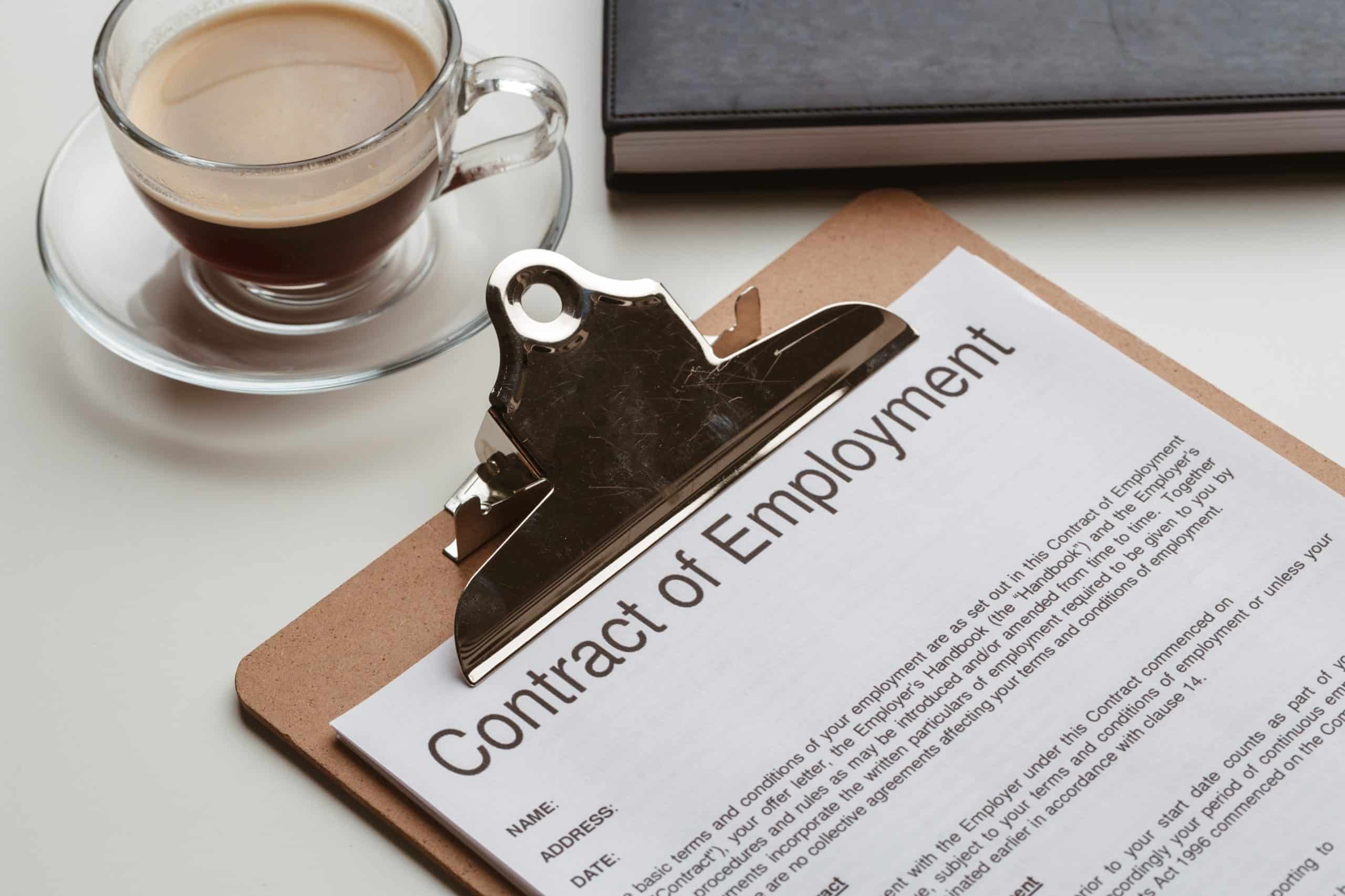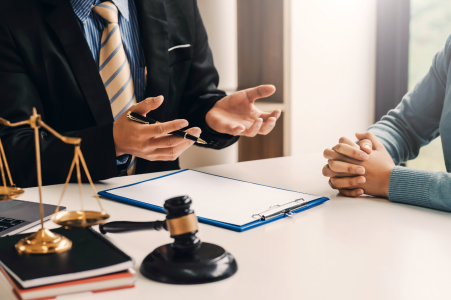Understanding Employment Contracts – Guest Post

Understanding Employment Contracts is crucial for both employers and employees in establishing a harmonious and legally compliant working relationship. Employment contracts serve as binding agreements that delineate the rights and obligations of both parties involved.
This article offers a comprehensive overview of employment contracts, including their contents, potential breaches, and the legal recourse available in case of violations. Key elements typically found in employment contracts encompass salary details, terms of employment, employee benefits, retirement contributions, and notice periods for termination.
Breaches of these contracts can occur from either the employer or the employee, ranging from abrupt terminations to unauthorized disclosure of sensitive information. In such instances, seeking compensation or pursuing legal action may be necessary. To navigate the intricacies of breach claims effectively, it is advisable to consult legal professionals for expert guidance and support.
By comprehending employment contracts and their implications, individuals can safeguard their rights and foster a fair and lawful work environment.
Key Takeaways
- Employment contracts are legally binding documents that outline the terms and conditions of employment.
- Breach of an employment contract can result in severe consequences, including compensation or legal action.
- Both employers and employees can be held accountable for breaching the terms of an employment contract.
- Seeking legal assistance from experienced employment lawyers is recommended when dealing with a breach of an employment contract.
Importance of Employment Contracts
Employment contracts play a crucial role in establishing clear expectations and obligations between employers and employees. These legally binding documents are supported by national legislation and outline important terms such as job duties, administration details, and the employer-employee relationship.
Breach of an employment contract can result in severe punishment, including compensation or legal action. For employers, breaching the contract may include termination without reasonable notice or for misconduct without reasonable grounds. On the other hand, employees can breach the contract by misusing the employer’s confidential information or quitting without proper notice.
Proving a breach of employment contract requires the existence of a contract, evidence of failure to honor its terms, and a legal process to prove the breach. Seeking legal assistance is recommended, as breach of employment contract is a complex field of law that requires expert advice.
Contents of an Employee Contract
The key elements to include in an employee contract encompass the determination of wages, terms of employment, employee entitlements, superannuation, and the termination notice period. These elements are essential for establishing a clear and mutual understanding between the employer and the employee.
The determination of wages ensures that both parties are aware of the remuneration for the work performed. Terms of employment outline the duties, responsibilities, and expectations of the employee. Employee entitlements cover benefits such as leave, allowances, and other entitlements provided by the employer. Superannuation refers to the employer’s contributions to the employee’s retirement savings. Lastly, the termination notice period defines the duration of notice required by either party to terminate the employment contract.
Including these elements in an employee contract helps to protect the rights and interests of both parties involved.
Breach of Employment Contract by Employer
When an employer breaches an employment contract, it can have serious consequences for both parties involved. Some common examples of breach by an employer include termination without reasonable notice, termination without notice for misconduct without reasonable grounds, and termination of a fixed-term contract before the end of the term. In such cases, the employee may seek compensation or damages, and they may also take legal action against the employer.
Proving a breach of employment contract requires the existence of an employee contract, serving the period of employment, and substantial proof of the failure to honor contract terms. It is recommended to escalate the matter to seek legal advice and consult with employment lawyers who specialize in this complex area of law.
Breach of Employment Contract by Employee
An employee can breach an employment contract by engaging in actions that violate the terms and conditions agreed upon. This breach can have serious consequences for the employee, including potential legal action and the possibility of having to pay compensation or damages to the employer.
Here are five actions that can result in a breach of an employment contract by an employee:
- Misuse of employer’s confidential information
- Exploitation of company’s intellectual property
- Quitting without proper notice as per the contract
- Post-employment restraints can still result in a breach
- Employer may seek compensation or damages
It is important for employees to understand their obligations and responsibilities under their employment contract to avoid breaching it and facing potential legal consequences.
Difference Between Wrongful Dismissal and Unfair Dismissal
Wrongful dismissal and unfair dismissal are two distinct legal concepts that employers and employees should be familiar with in relation to employment contracts.
Wrongful dismissal refers to a breach of the terms outlined in the employment contract. It occurs when an employer terminates an employee without following the proper procedures or providing reasonable notice.
On the other hand, unfair dismissal is based on the Fair Work Act and relates to terminations that are considered harsh, unjust, or unreasonable. This type of dismissal focuses on the fairness of the decision rather than the specific terms of the contract.
It is important for both parties to understand the differences between these concepts in order to protect their rights and seek appropriate legal actions if necessary.
Proving a Breach of Employment Contract
To establish a breach of an employment contract, it is essential to provide substantial evidence of non-compliance with the agreed-upon terms. This evidence serves as proof that one party has failed to fulfill their obligations under the contract.
Here are five key points to consider when proving a breach of an employment contract:
- Clear documentation of the existence of the employment contract.
- The length of time the employee has served under the contract.
- The presentation of substantial proof demonstrating the failure to honor the terms of the contract.
- The collection and presentation of evidence, such as emails, memos, or witness statements, to support the claim of breach.
- An understanding of the legal process involved in proving a breach of contract and the requirements for successful resolution.
Conclusion
In conclusion, understanding employment contracts is crucial for both employers and employees to establish a fair and lawful working relationship. These legally binding documents outline the rights and responsibilities of each party involved, including details such as wages, terms of employment, and termination notice periods.
Breaches of employment contracts can occur from either side, and seeking legal assistance is recommended to navigate the complexities and take appropriate action. By protecting their rights through employment contracts, individuals can ensure a mutually beneficial working environment.













Recent Comments